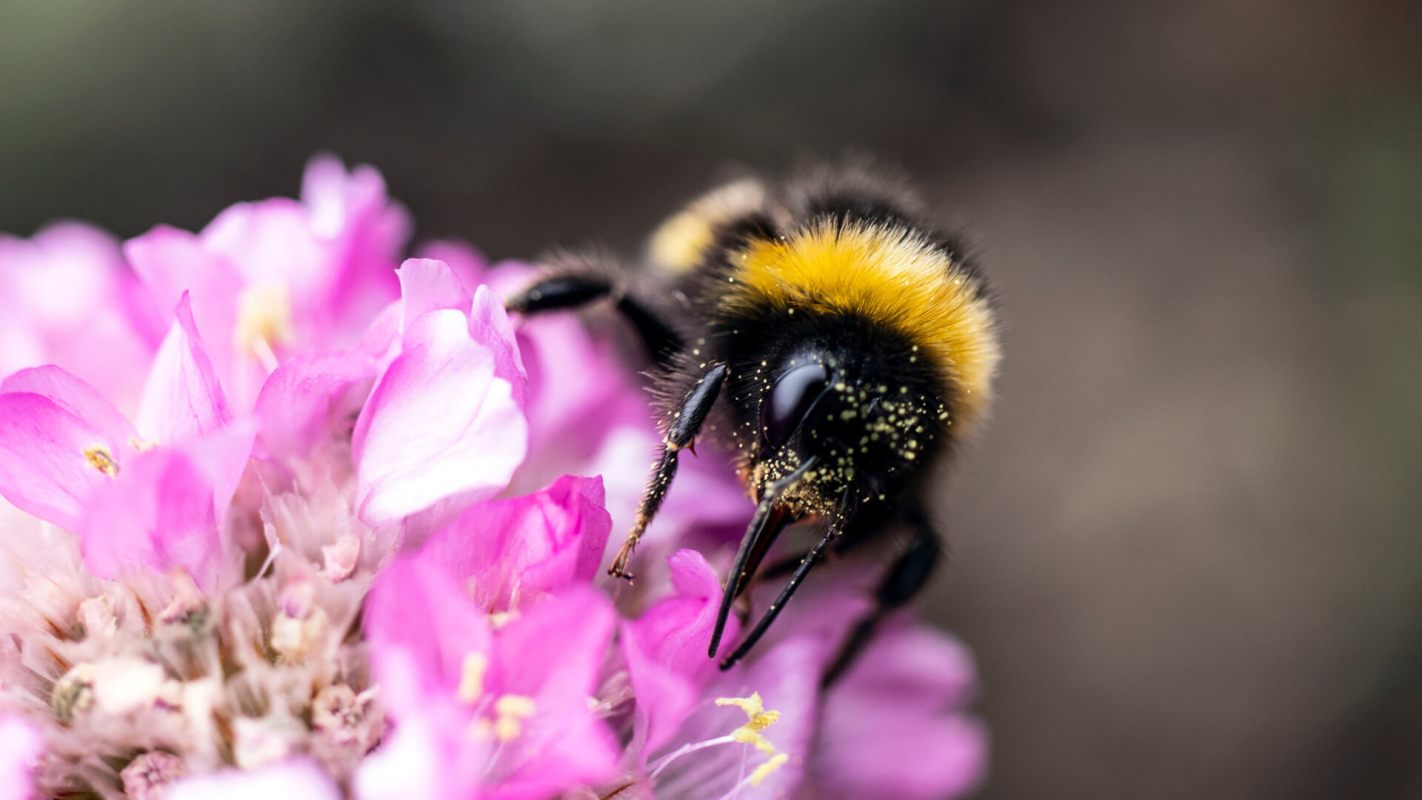Have you ever wondered why there's so much buzz about saving the bees? They are notorious for crashing outdoor picnics and chasing fearful individuals (not that we would know).
Bees are pollinators that are vital to keeping food on our tables. They pollinate flowering plants that grow fruits and vegetables. But the population of pollinators is dwindling because of land-use changes, habitat destruction, and even manicured grass lawns.
We need pollinators, and making pollinator-friendly adjustments to your yard can have more of a difference than you might think. You don't need to dedicate your entire yard to them to make a positive change.
What are pollinators and why should we care about them?
Pollinators aid in plant reproduction by fertilizing them. Examples of pollinators include bees, butterflies, moths, beetles, hummingbirds, and even mammals like bats and (adorable) honey possums.
Even organisms we love to hate, like flies, ants, and mosquitoes, are pollinators.
The "pollinator bar crawl" keeps food on our tables
Pollinators are attracted to the scent, colorful petals, and the occasionally intoxicating nectar of certain flowers. As a pollinator dives into a flower to drink its nectar, they bump into anthers, the "male" part of a flower where pollen is produced and become covered in pollen.
Once they finish their drinks, the next stop on this bar crawl for pollinators is another flower, where they do the same thing and spread pollen from the first flower into the stigma, or female part, of the new flower.
Pollen from one flower's anthers traveling to another flower's stigma is pollination, which fertilizes the flower and results in the production of seeds.
This pollinator bar crawl, where pollinators travel to various flowers drinking nectar, fertilizes most of the plants on which we rely for resources and food.
Pollinators help keep plants diverse, healthy, and thriving. According to the U.S. Forest Service, nearly 80% of the food we eat and the plant-based industrial products we use require pollination. Pollination doesn't just produce more plants — it also helps make fruits and vegetables larger, more abundant, and even more flavorful.
How to Support Pollinators in Your Yard
Plants are the foundation for every living thing on our planet, and without pollination, plants would be unable to reproduce and our food supply would be at risk.
Here are a few things you can do to support their safety and protect our food resources for years to come:
Avoid pesticides, herbicides, and synthetic fertilizers as much as possible.
Choose flowering plants that produce pollen and nectar, that are native to your area, and that support a variety of pollinators. Avoid hybrid plant varieties, as they've been bred specifically for aesthetics and may have unattractive nectar.
You can use the National Wildlife Federation's native plant finder to discover plants in your area that attract pollinators. The Audubon Society has a similar search that identifies native plants in your area that attract birds.
Follow seasonal changes and diversify your yard with plants that bloom at different times of the year for year-round blooms.
Remove invasive plants and weeds when possible.
Provide a hydration station. Birdbaths are hazards for many pollinators because they can easily drown in them and because they are preyed on by other animals. Filling a shallow bowl with pebbles or marbles to a low water level will allow pollinators to drink while sitting on a perch.
Provide nesting sides, like a bee house.
Use certain plants strictly as food for the larvae of pollinators to ensure they will have enough energy to grow and frequent your yard. For example, monarch caterpillars love to eat milkweed, and black swallowtail caterpillars feed on parsley.
Rewilding your yard with native plants and clovers, designating a garden bed to attract pollinators, or even having a pollinator-friendly plant in a pot on your balcony are other ways you can make your area a friendlier space for pollinators.
Any action that helps pollinators is a positive action that benefits you and the animals and nature around you.
Join our free newsletter for easy tips to save more, waste less, and help yourself while helping the planet.









